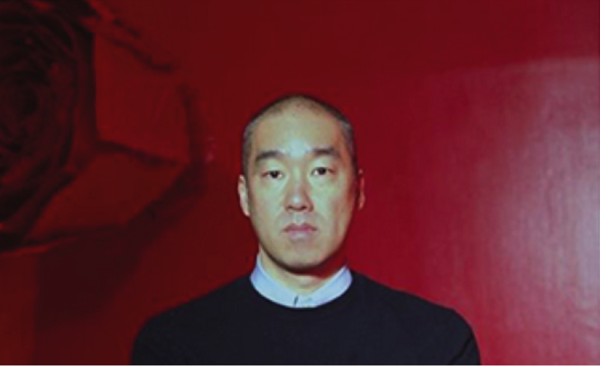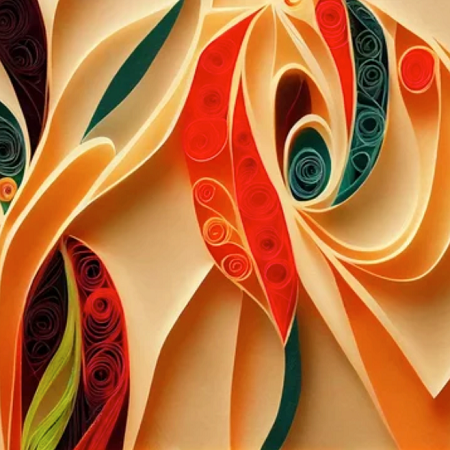THIS WEEK’S MUSE
U-RAM CHOE

“Kinetic art is a far-reaching and incredibly broad movement. From the early Impressionist depiction of shifting light and color to the mechanically engineered sculptures of Tatlin and Gabo, there is no single Kinetic art definition. What underlies all of these utterances is the desire to capture the movement of time, space, and matter in the world around us.”
The word kinetic means relating to motion. Since the early twentieth century, artists have been incorporating movement into art. Movement allows artistic exploration – of motion, time, machine and technology, and of vision.
Kinetic art became a major phenomenon in the late 1950s and the 1960s. Movement is introduced mechanically via motors, or by exploiting the natural movement of air in a space. The introduction of movement, or perceived movement through three-dimensional structures, gave rise to an entirely new art form and a “revision of what art could be.”
Kinetic art remains widespread, and today there is a new, growing generation of artists reinventing and revising it – exploiting technology and materials, just as their predecessors did a century ago.
U-Ram Choe is a South Korean artist working out of Seoul. He integrates mechanical and computerized motion into his art, pushing the genre of kinetic art toward robotics and artificial intelligence.
“Throughout history, humans have always been imagining and searching for something better, never settling down in one place. And during this search, they inevitably clash with one another because of conflicting desires.”
Growing up during the Cold War and becoming fascinated by science fiction on television, the young Choe imagined building robots that could protect his family. Aged 7, he created a self-portrait – a pair of robots, one of an anthropomorphic form and the other shaped like a fish. Their forms encase systems of machine-like parts.
He carried his childhood imagination with him into art school and turned to kinetic art when he began experimenting with motorized elements in his sculptures to generate motion.
After graduating, Choe applied robotics and engineering to fantastical, animal-like forms he dubbed “anima-machines.” Embedded motors mimic the supple movements of animals and plants – organic moving sculptures designed to “pursue the relationship between, and coexistence of, nature and machines.”
His brings us imaginary metallic fossils and machines that breathe and writhe. He christens them with Latin names and creates prehistoric or extraterrestrial “myths” that tell the backstory of each organism.
His interpretation of art is highly modern and future focused. But at its heart, his work embraces the same ambitions and dreams of the original kinetic artists a century before.
“I wanted to feel and express the cycle of life and the history of the universe. It was interesting to me that the metaphors in ancient mythologies could still apply to modern society.”
HAPPENING
Wednesday, February 1. 10am–12:30pm

QUILLING VALENTINES
With Mary Jane Xenakis
Discover the ancient creative art of paper filigree.
Member – $40, Non-member – $45
